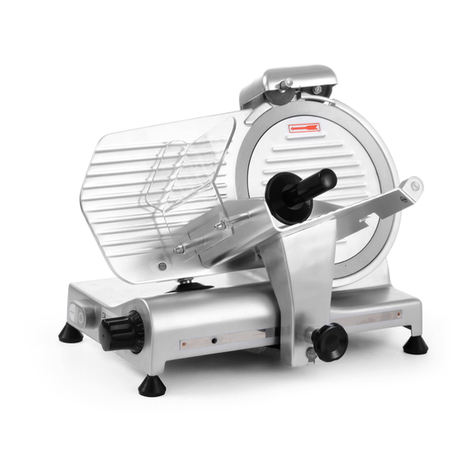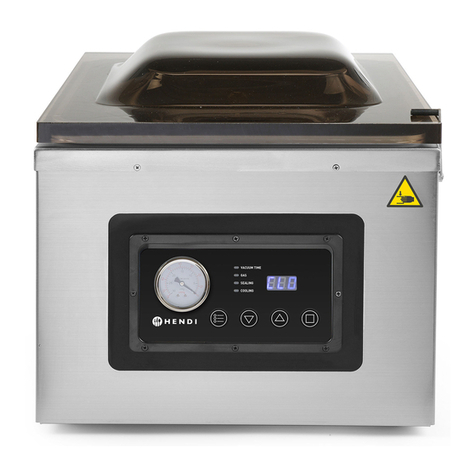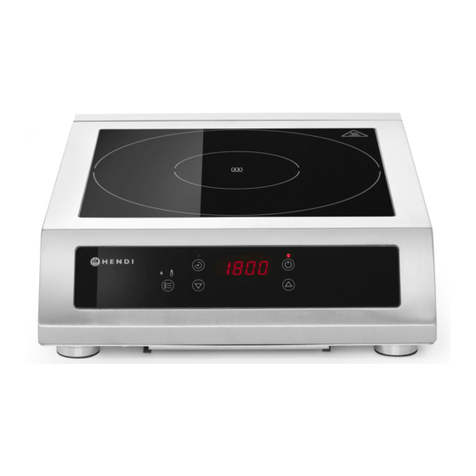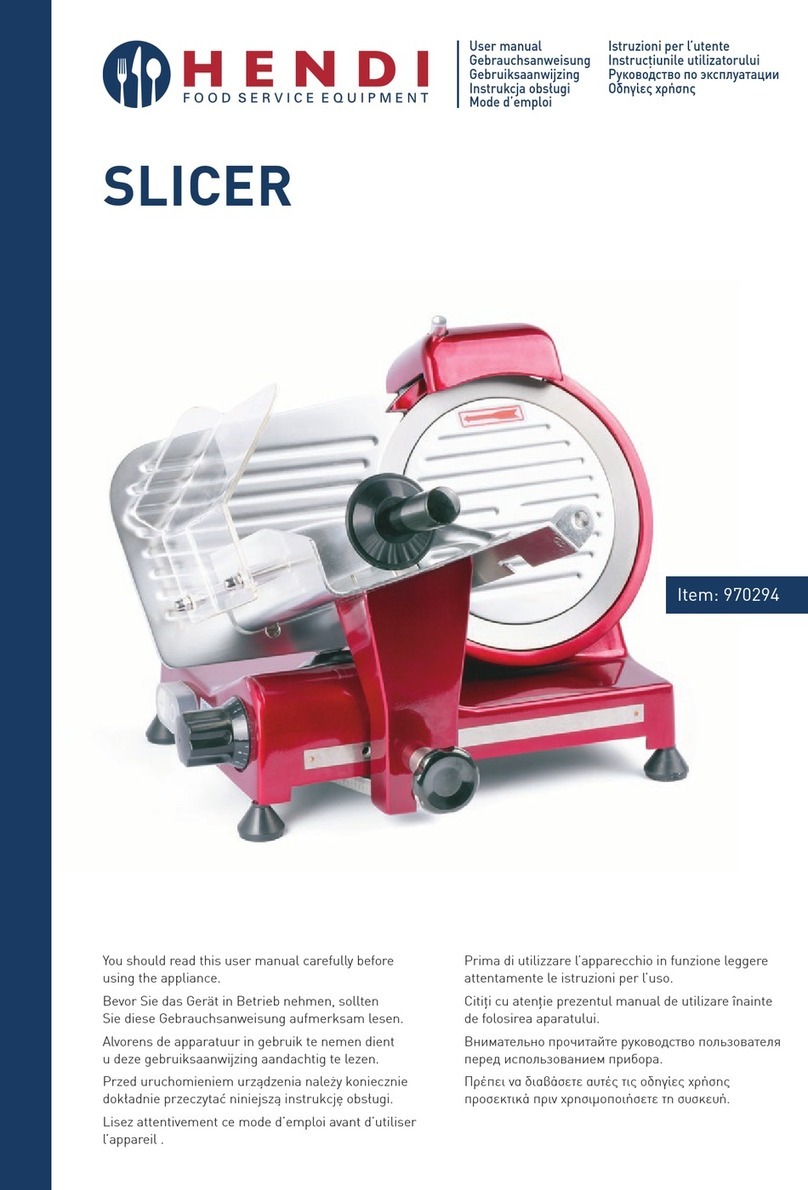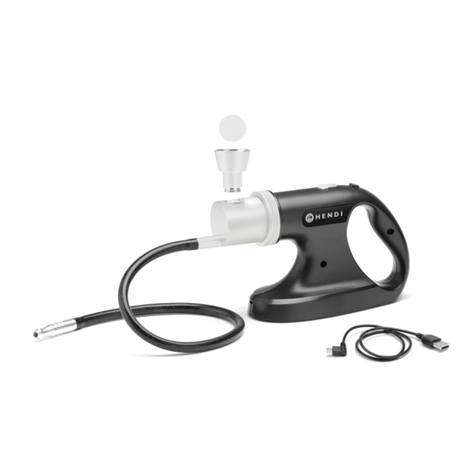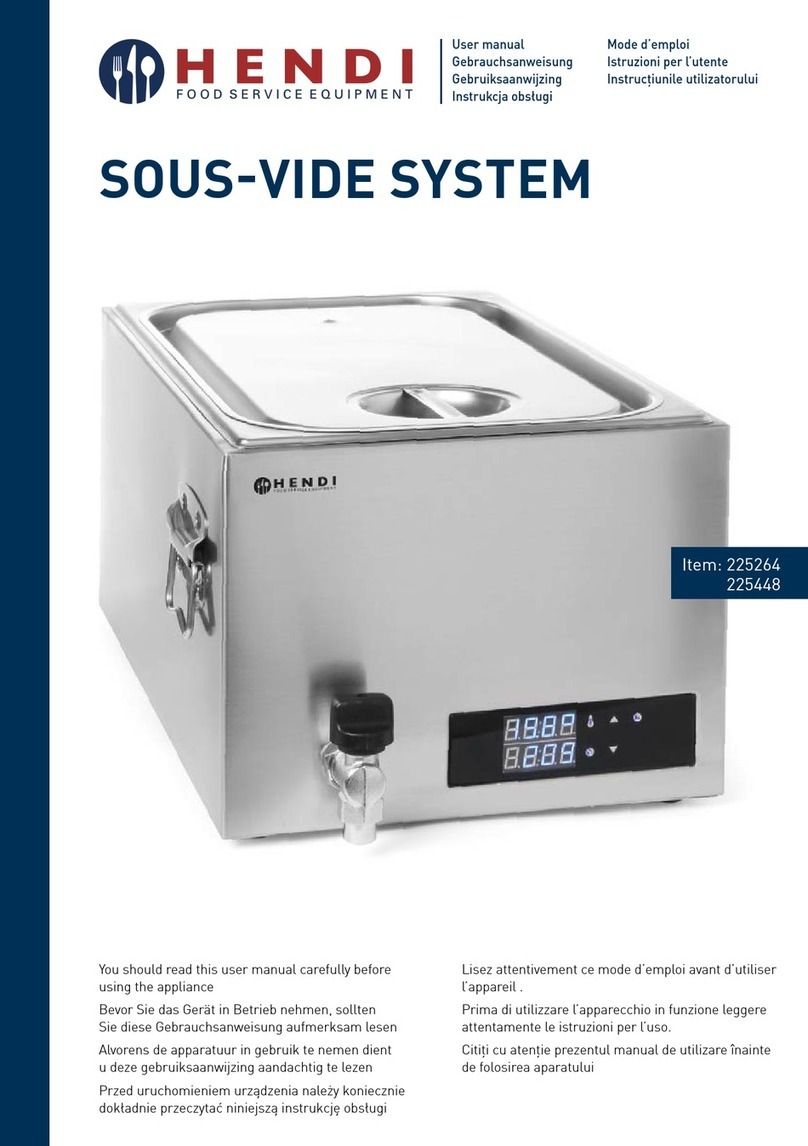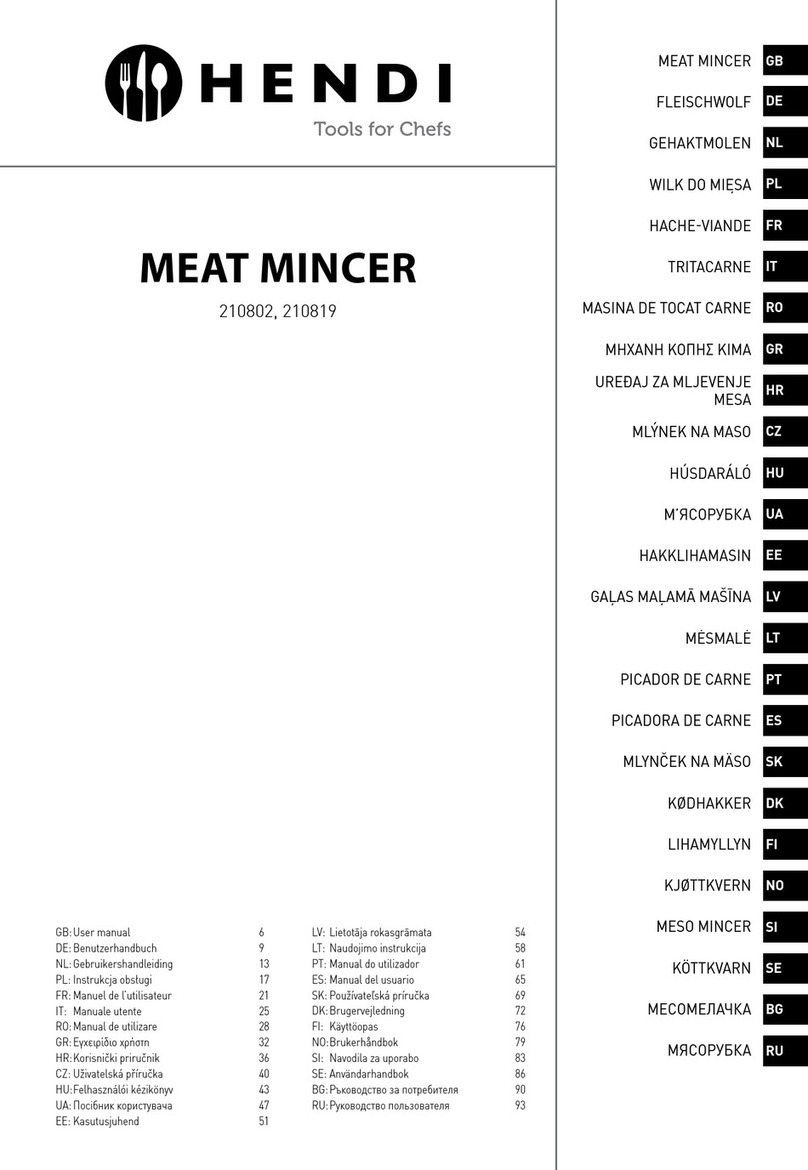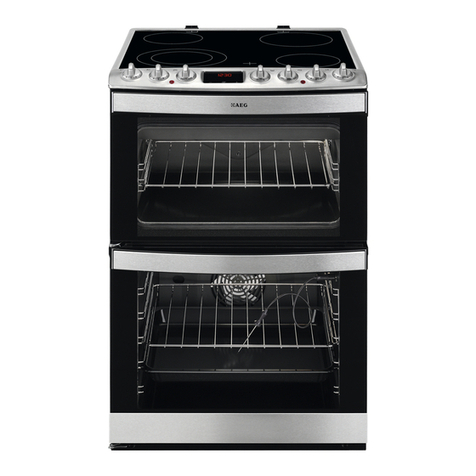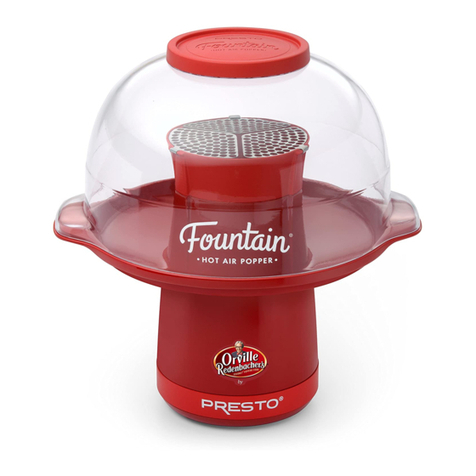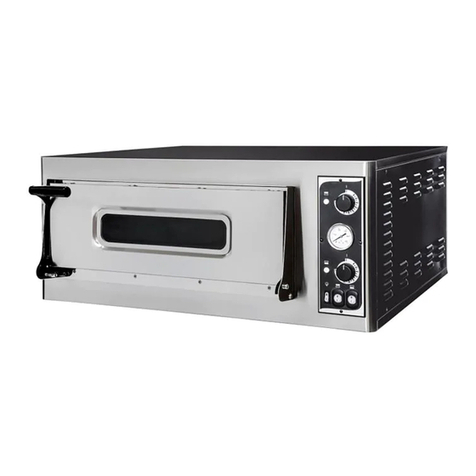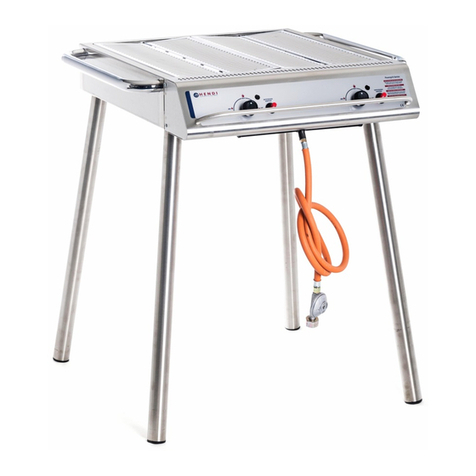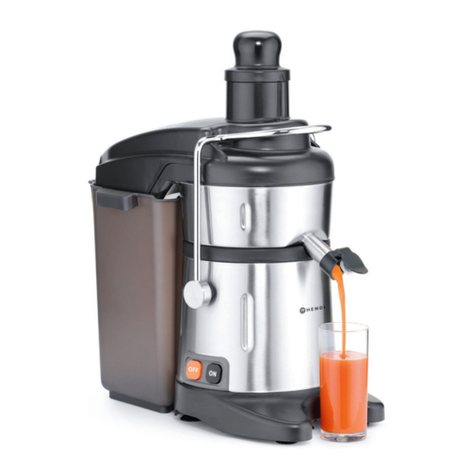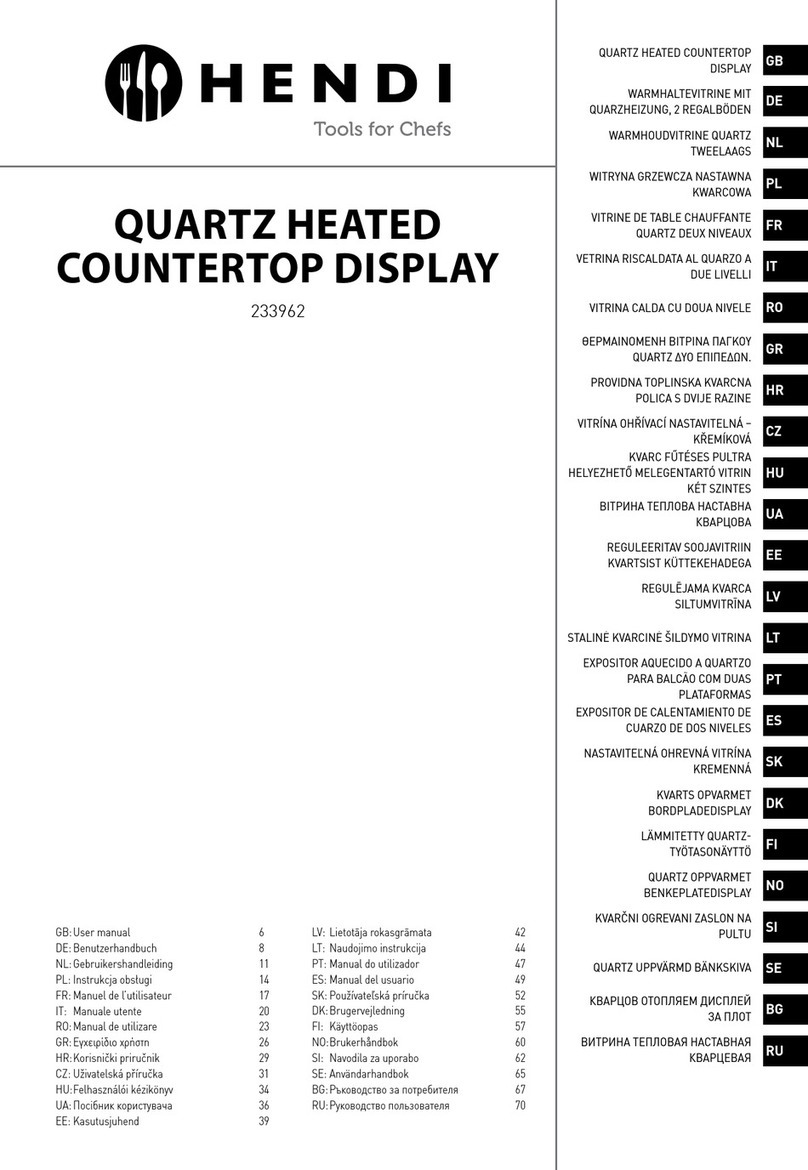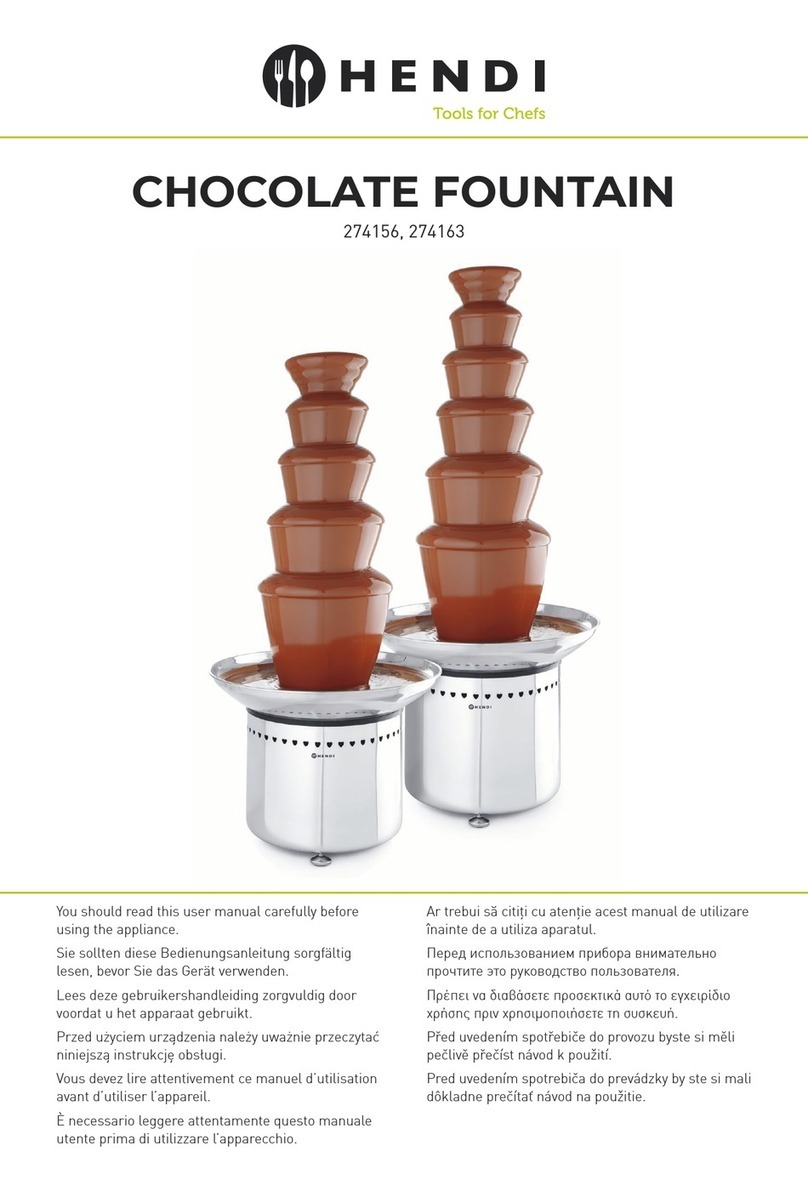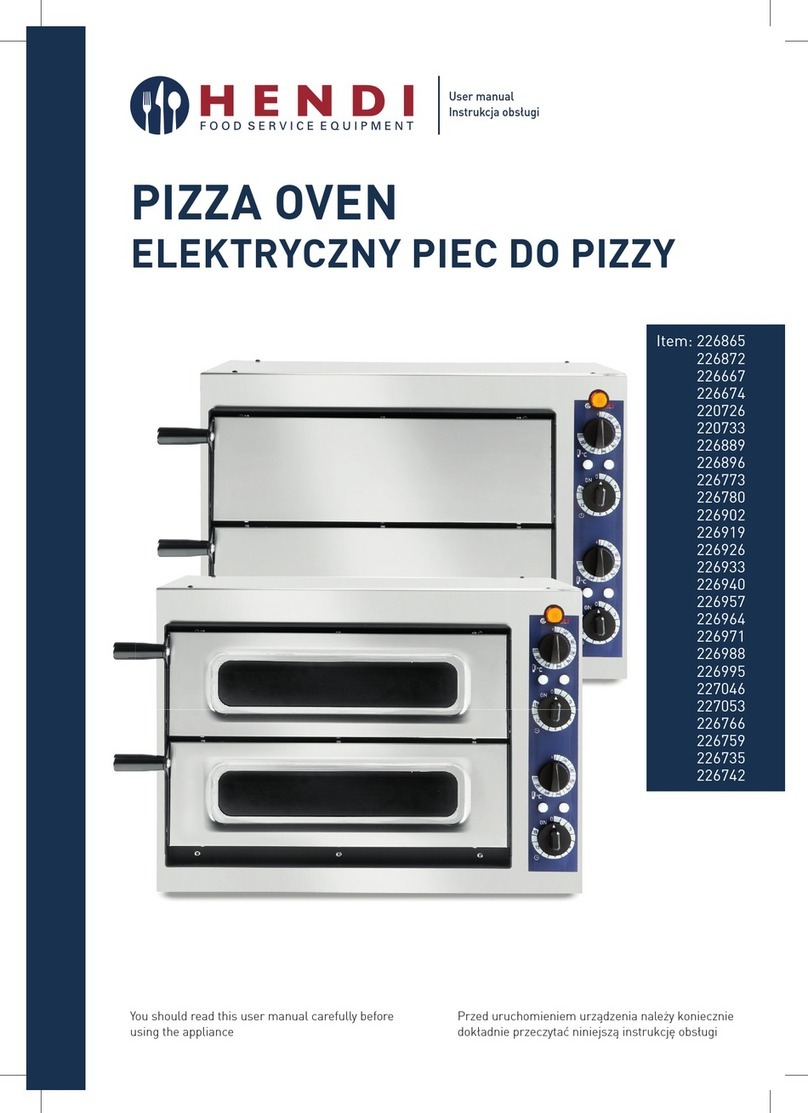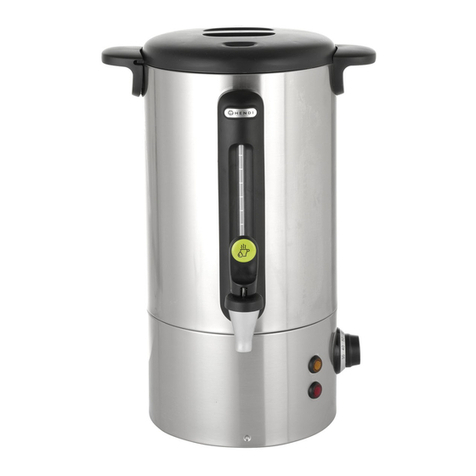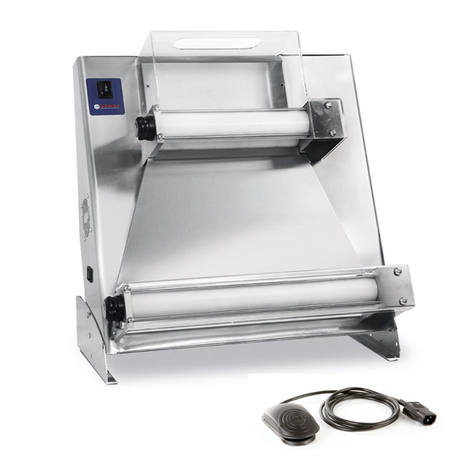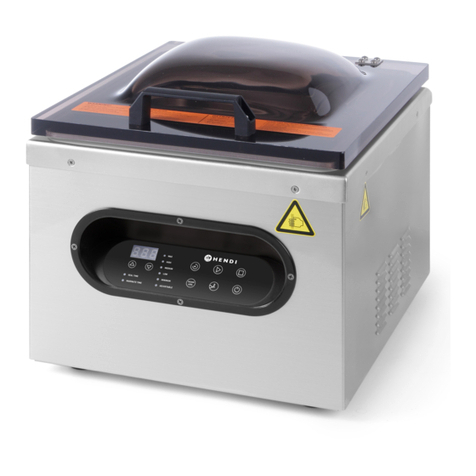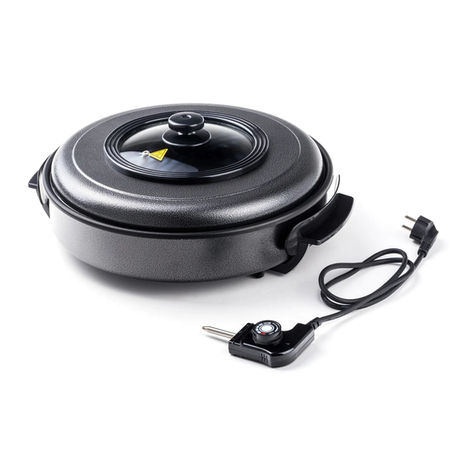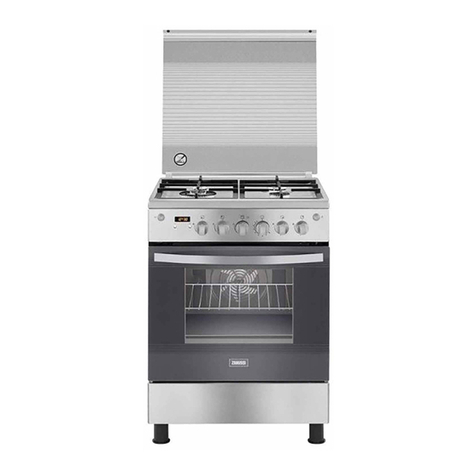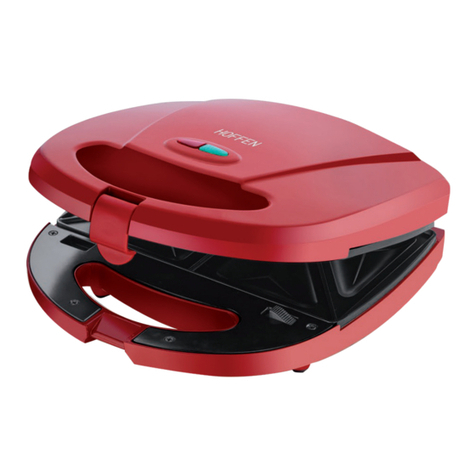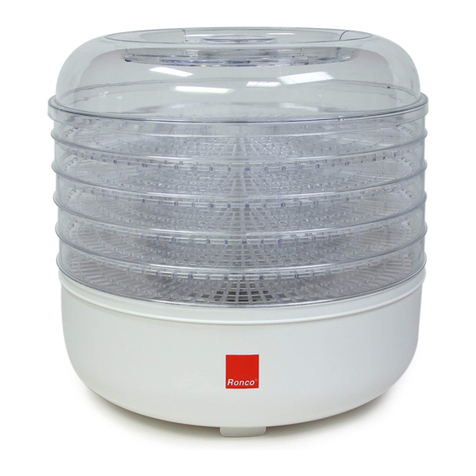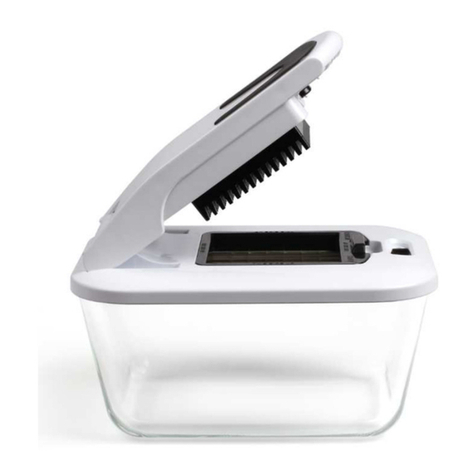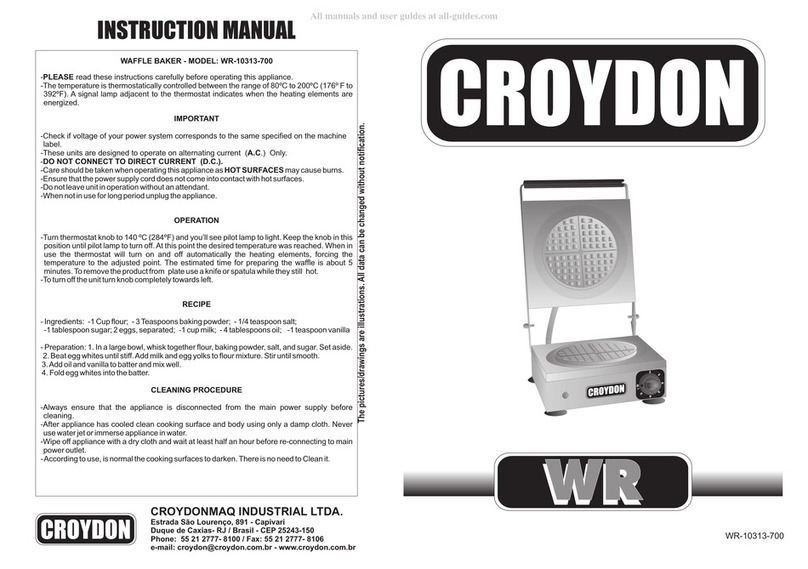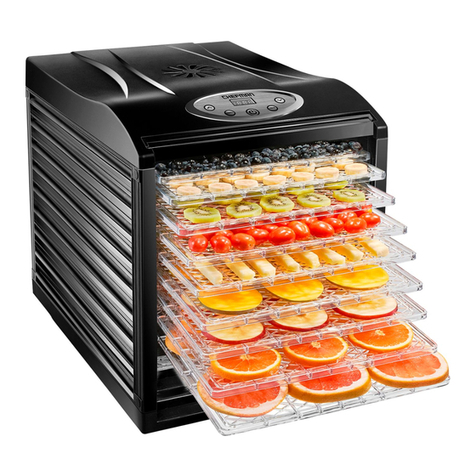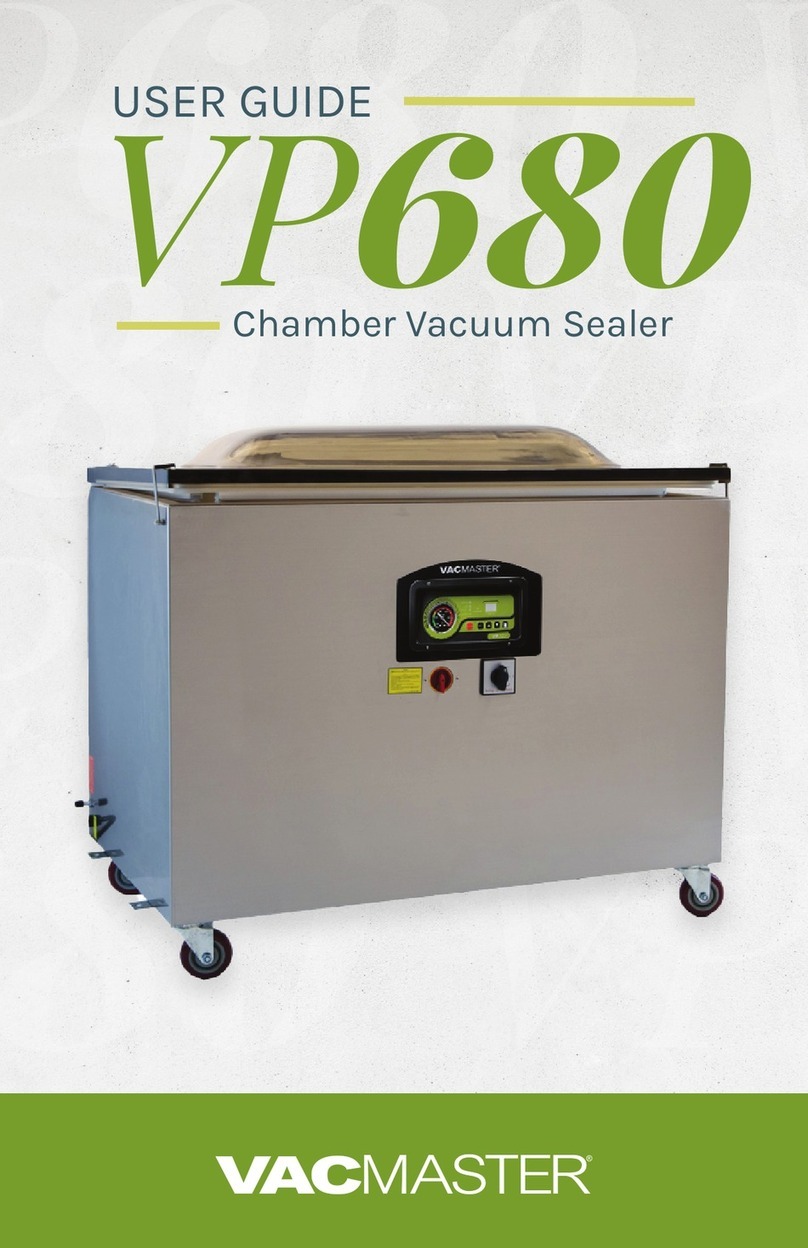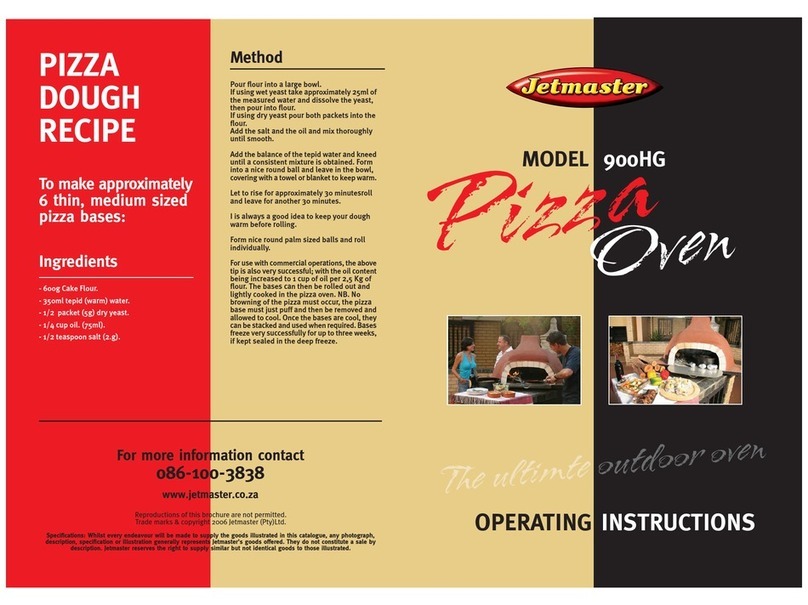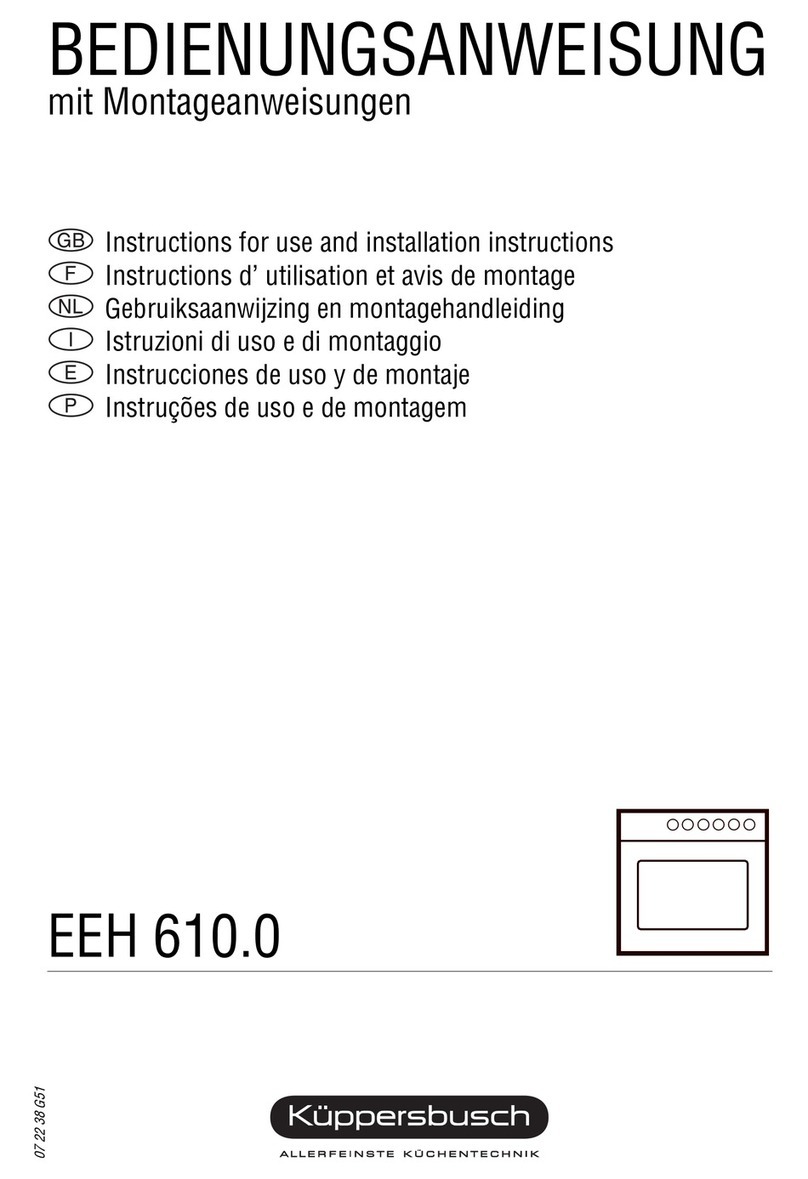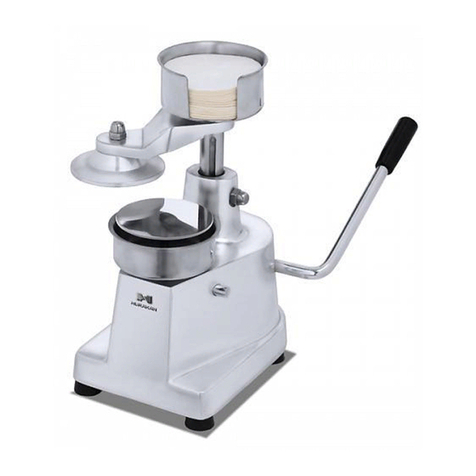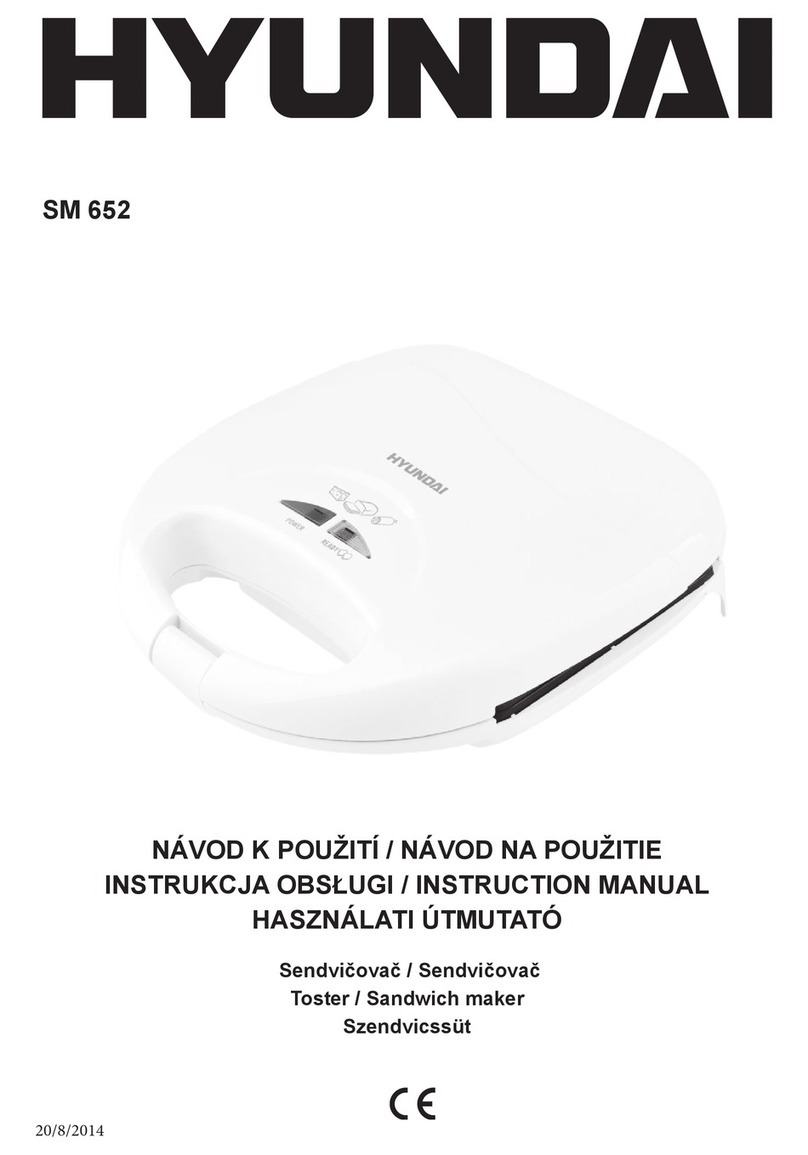• The user is responsible of the damages result-
ing from the lacked exercise conditions obser-
vance in accordance with the greed technical
specifications and order confirmation,
• don’t let function the vacuum machine,
• Not tamper or damage intentionally nor remove
or hide the labels.
The machine must not be used IN NOT CORRECT
WAY or FORBIDDEN so some damages or injuries
could be caused for the operator; in particular:
• It is forbidden to move the machine when it is
connected to the electric feeding;
• It is forbidden to draw the electric feeding cable
or the machine to disconnect the feeding plug,
• It is forbidden to put weights on the machine or
on the electric feeding cable,
• It is forbidden to put the electric feeding cable
on sharp parts or with burn danger,
• It is forbidden the machine use with the dam-
aged and not integer electric feeding cable or
with the control devices;
• It is forbidden to leave the machine off with the
electric feeding cable connected with the feed-
ing plug,
• It is forbidden to leave the loaded machine un-
guarded;
• It is forbidden to insert any type of object inside
the motor ventilation cap;
• It is forbidden to put the machine above differ-
ent objects from the working ground used in
the food field of height included between 900 -
1100mm from the trampling level,
• It is forbidden insert every type of object un-
der the machine base or place clothes or other
things between the machine support pressure
feet and the working ground,
• It is forbidden the use of inflammable sub-
stances, corrosive or harmful for the cleaning,
• It is forbidden to plunge the machine in water
or in other liquids;
• It is forbidden the not authorized personnel use
and with clothes different from that showed for
the use,
• It is forbidden to introduce in the grinding neck
and in the grater mouth, products or objects
having characteristics different from those
showed in the normal use, such as for example
bones, frozen meat, not food products, or other
objects as scarves, etc…,
• It is forbidden to remove the hopper during the
machine working or however when the food
product has been left to work,
• It is forbidden to slacken the mouth block knob
or the blockage wheel both during the working
and however before of 5 sec from the machine
stop control,
• It is forbidden the functioning with the protec-
tion shelters and fixes not blocked correctly or
removed;
• It is forbidden the partial removal of the protec-
tions and of the danger signals.
• It is forbidden the functioning without that all
the precautions about the residual risks elimi-
nation have been adopted on behalf of the user,
• It is forbidden to smoke or use free flame de-
vices and manipulate incandescent materials,
unless some suitable safety measures aren’t
adopted,
• It is forbidden to work or regulate the control
and blockage devices as knobs or similar both
during the machine functioning, both if you
aren’t authorized
• the use of plates with holes diameter bigger
than 8mm is forbidden.
The user is however responsible of the damages
resulting from the lacked observance of the spec-
ified normal use conditions. For possible doubts
you can enquire at the Authorized Assistance
Center.
